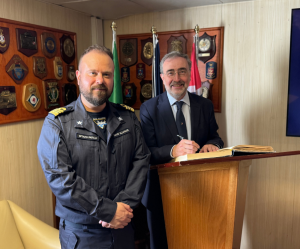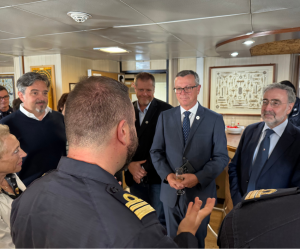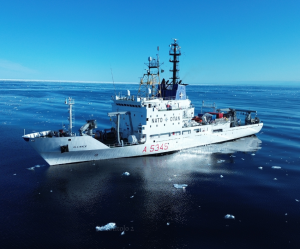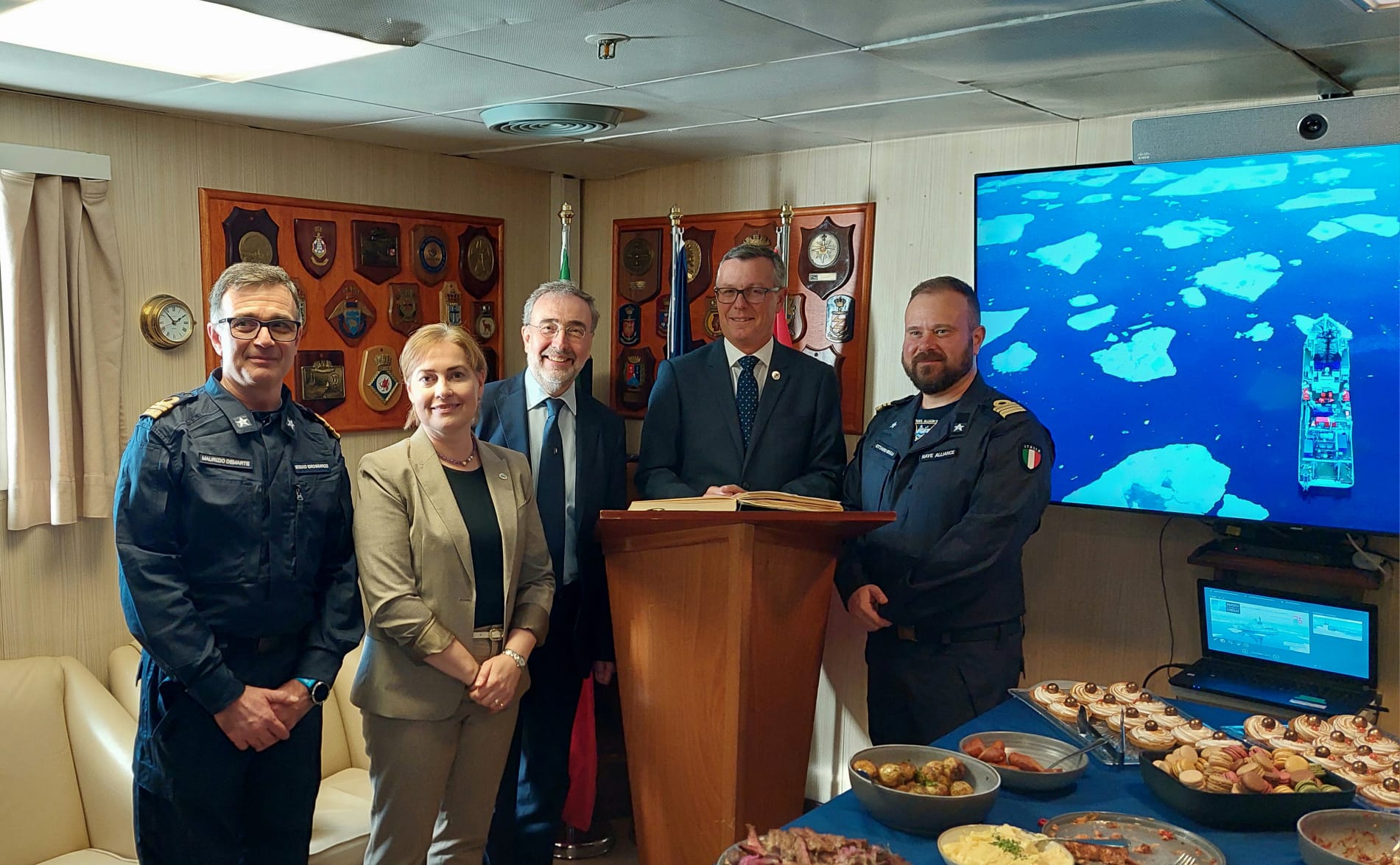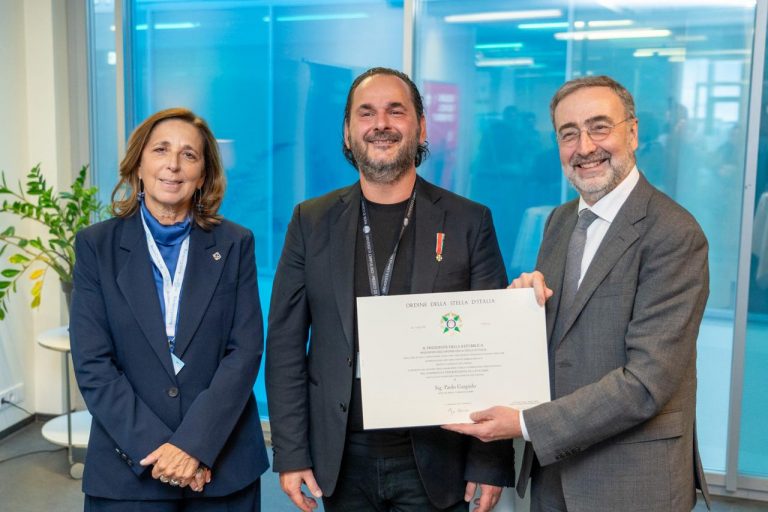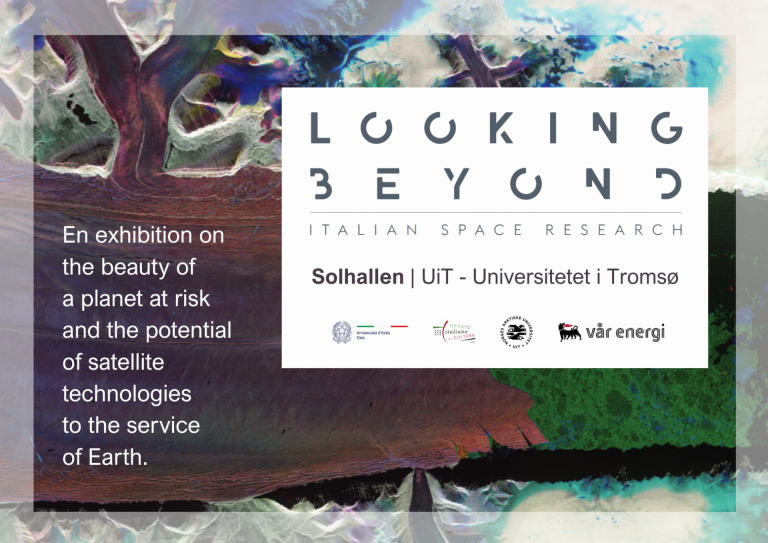The Italian Ambassador to Norway, Stefano Nicoletti, was welcomed aboard the Alliance vessel on August 29th by Commander Ottavio Patulli, returning from the “High North25” Arctic scientific research campaign in the port of Tromsø. Ambassador Nicoletti took the opportunity to greet the crew, specialists from the Italian Navy’s Hydrographic Institute, and civilian researchers from leading national research institutions.
The Alliance vessel, a NATO research unit equipped and operated by the Italian Navy since 2017, departed Tromsø on August 4th for the Svalbard archipelago. A major new development in the 2025 edition of the Campaign is the Italian Space Agency’s (ASI) ICE-BLUE project, in partnership with the Italian Institute of Technology, the University of Florence, the University of Milan, the Catholic University, and Sapienza University of Rome. Its primary objective, in addition to studying the marine environment of the Arctic Ocean, is to improve understanding of the physiological and psychological effects of isolation and confinement on crews operating in extreme environments, including astronauts and submariners. During the mission, seabed samples and sediments were also collected to improve our understanding of life in extreme terrestrial environments, similar to those found on other planets. Navigation, which is often difficult and treacherous, and research activities were facilitated by data provided by the COSMO-SkyMed polar-orbiting satellite radars of the provider e-GEOS, with which the Italian Navy’s Hydrographic Institute has collaborated for several years. This allowed Nave Alliance to set a new record for the second consecutive year.
On August 20, the ship’s bow reached 82° 18.729′ N, marking the northernmost point ever reached by the Italian Navy. “Since the Arctic is increasingly a critical hub for both trade and global security and geopolitical interests, due to the melting of the polar ice cap and the opening of new sea routes, Nave Alliance’s presence here not only supports research activities, but also helps the Navy better understand the changes affecting it,” explained Ambassador Nicoletti aboard the ship. “Let’s not forget that Italy has been an observer member of the Arctic Council since 2013 and has had an Arctic strategy since 2015. It’s no coincidence that the High North campaign began twenty years after the inauguration of the CNR’s “Dirigibile Italia” Arctic station in Svalbard, an important outpost for climate and meteorological research. Our country’s interest in the Arctic, after all, is not new: as early as the late 19th century, the Duke of Abruzzi embarked aboard the Stella Polare to reach the far north.”
“The Italian Navy’s High North research program demonstrates the ability to push beyond traditional geographical and operational limits and represents a success for research and cooperation between institutions,” explained Commander Ottavio Patulli. This feat was made possible thanks to the synergy between the crew of Nave Alliance, the Italian Navy’s Hydrographic Institute, and the numerous partner organizations on board—including CNR, ENEA, ISS, and the University of Genoa—who combined their skills, professionalism, and technology to achieve common goals. With Nave Alliance, the Italian Navy has once again demonstrated its ability to put its maritime experience at the service of research and the scientific community, strengthening the link between operational expertise and knowledge.
